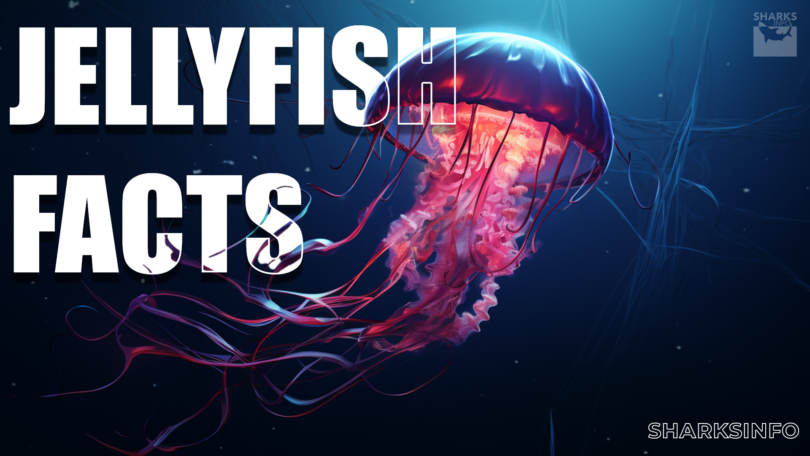Marine life is full of amazing, weird, and astonishing living creatures. Jellyfish are one of those living beings that have special traits, making them unique from the rest of the living beings living around them. It is the most easily found in major areas of the water bodies. The tons of species also is a big reason for them to be located in almost every region. Box jellyfish are one of the biggest jellyfish groups out there and are classified as the deadliest jellyfish of all time.
So, in this blog post, we will explore every detail about this Box Jellyfish.
Box Jellyfish Facts You Must Know
Box jellyfish is a type of poisonous jellyfish. There are a lot of amazing facts you might not know about this fantastic and dangerous creature out in the water bodies across the globe.
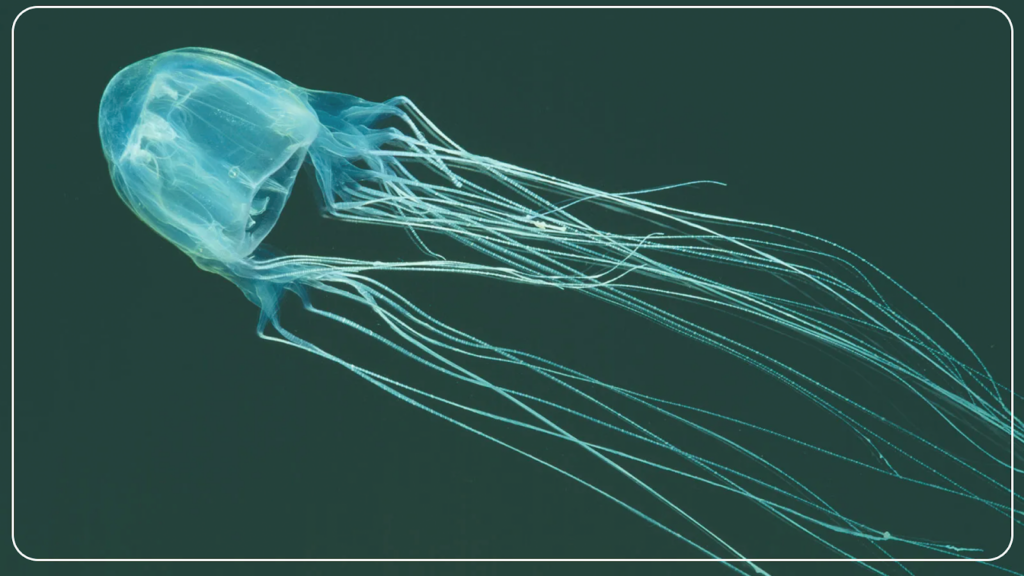
Scientific Classification
The box jellyfish is scientifically known as the Chironex fleckeri (it is also used as the name for its Australian variant). This invertebrate is associated with the Cabozoa class, which is a part of the phylum Cnidaria. This phylum is categorized under the Kingdom Animalia. They are also combined in 8 families and 2 orders. With over 51 species, it is one of the biggest jellyfish groups found in the water.
Appearance and Characteristics
As per its name, this jellyfish has an almost cube-shaped body, with a minimum of 8 tentacles and a transparent body, almost like water. This cubed-bell body allows it to swim better in the water bodies, even against the current, which most jellyfish can’t do. The rim of this cubic bell is naturally folded inside, which makes it propel easily whenever necessary. They don’t possess a brain but a nerve net, which is a network of nerves that helps them to sense around. The transparent body allows it to camouflage within water, hence not easy to see inside water.
It has a mouth and anus on the lower side of its cubical bell. Its tentacles contain stinging cells(known as nematocysts) and these cells get triggered as soon as something with a chemical presence touches them. A jellyfish can have up to 15 tentacles, with a length of approximately 10 feet. But its body hardly grows to 8 inches in length. It has a life of three to eight months.

Food
The box jellyfish is a humble eater. Being a carnivore, it mainly relies on other living creatures. It often includes shrimp, small fish, or crabs. If they are larger than their other competitive jellyfish, they can even feast on the other smaller jellyfish.
Habitat
It is a warm water organism and is found in most of the warm water bodies around the world. They are often located in the coastal regions, specifically the Indo-Pacific, and the northern Australian coastline is the hub for these box jellyfish. The ones found near Australia are known to be one of the most venomous creatures out in the sea.
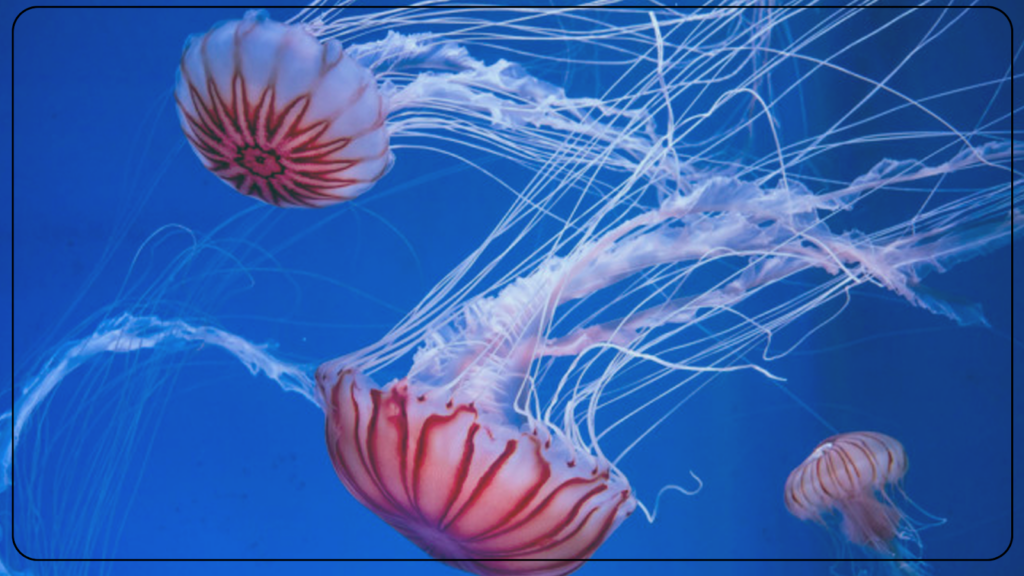
Reproduction
Box jellyfish are the rarer species that are capable of reproducing sexually and asexually. These creatures can reproduce sexually by releasing sperm and eggs in water to fertilize. In some cases, the male releases a packet of sperm into the female jellyfish body, where they develop into a whole new fertilized egg. Those fertilized larvae are then released into water, where they will swim towards the bottom to attach to the surface of the sea bed. From here onwards, it will undergo processes of budding, which produce new jellyfish by originating from the original one.
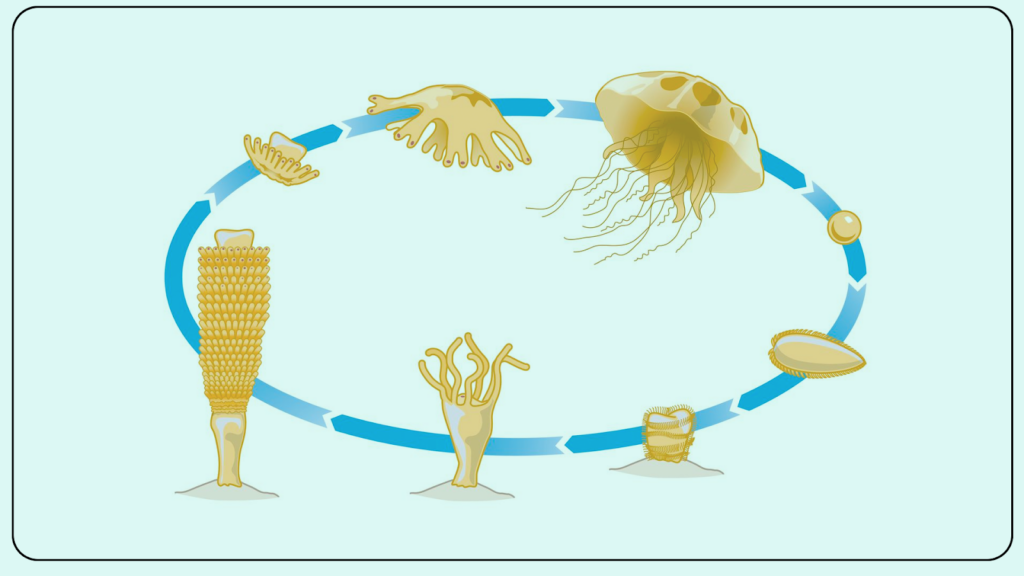
Types
Right now there are 50+ known types of box jellyfish roaming in the water bodies. But they often classified into 3 lower classification
- Carybdea brevipedalia (poisonous jellyfish, found on the coast of Japan).
- Carybdeida (contains 8 different species of jellyfish).
- Carukia barnesi (Australian box jellyfish).
All of these are pretty deadly, due to the toxins inside their bodies, which can lead to some serious damage including the death of the victim of this cruel creature.
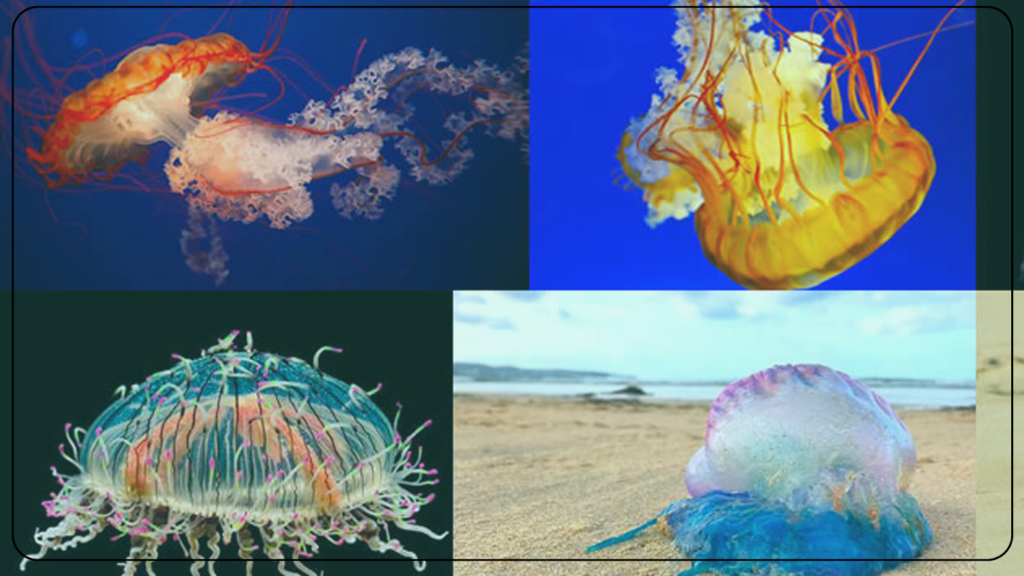
Predators & Threats
The toxicity of box jellyfish allowed it to restrain a lot of normal jellyfish predators away from it. However, certain organisms are totally immune to the toxins of the box jellyfish and consume it as their own food source. The most highlighted one is the green sea turtle, as it does not get affected by the toxic box jellyfish. The main threats (other than predators) to this transparent creature are the pollution and the climatic changes of the region they live in.
Fun Fact: In some regions of Asia, it is considered a delicacy to prepare and eat jellyfish.

Danger to Living Being
Jellyfish are known for their poisonous tentacles and are often characterized as a danger to living beings, especially human beings. However, in studies, it has been revealed that it is the natural mechanism for them to save them from their predators. They use their 10-foot-long tentacles to inflict damage on the creatures that come in direct contact with them. It sometimes swims towards the living things to inflict damage on them.
Precautions and Treatments
An easy precaution to avoid the box jellyfish stings is to avoid visiting the water, especially where these creatures are native. Another precaution is to wear full swimsuits, to avoid any kind of direct contact with these tentacles with stingers.
In case you have already been bitten by this poisonous creature, the first thing to do is to remove those stingers from the infected area. The best and easiest way is to use vinegar to remove the stingers first, and it will also relieve the pain a bit. Under no circumstance, don’t pour water on it directly without any professional medical help or touch the infected area directly. Also, visit the nearest hospital immediately to minimize the effects of poison.
Note: Don’t get inspired by any TV show and do not pee on the jellyfish stinger, as it’s one of the biggest myths people believe in.
Conclusion
Despite looking like an innocent creature that looks like it is made up of water, try to avoid it as much as possible as it is considered the deadliest marine animal in the whole world. So, Don’t get inspired by any TV show, and do not pee on the jellyfish stinger, as it’s one of the biggest myths people believe in. And don’t play with it or else you might get played with your life. So be aware, and be safe.

